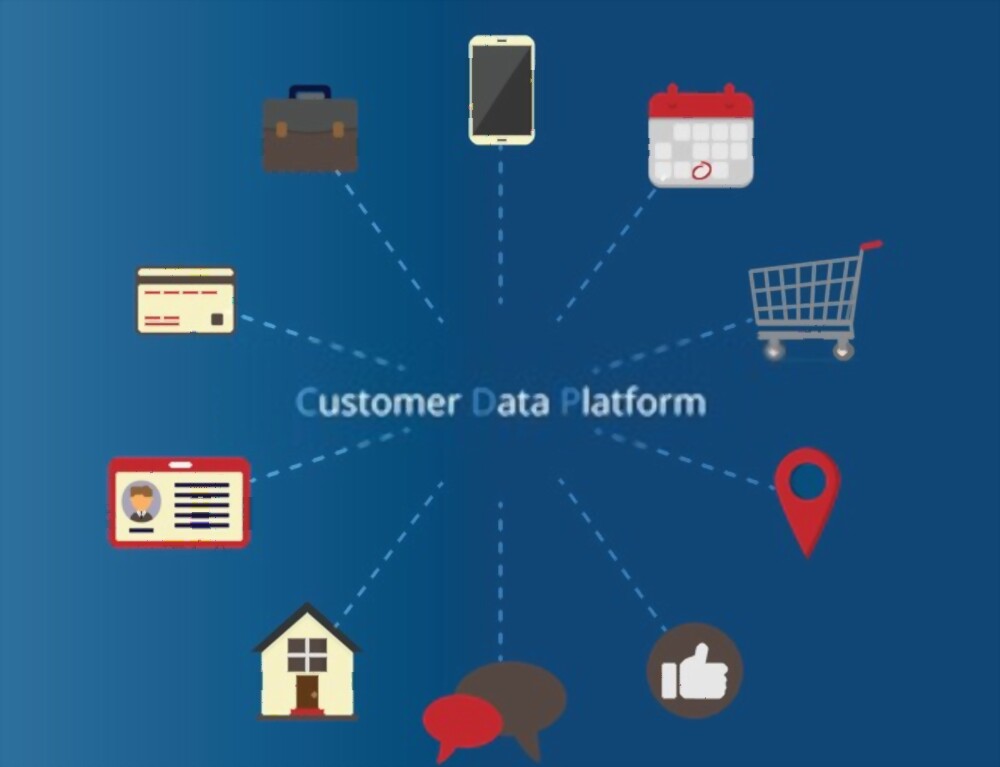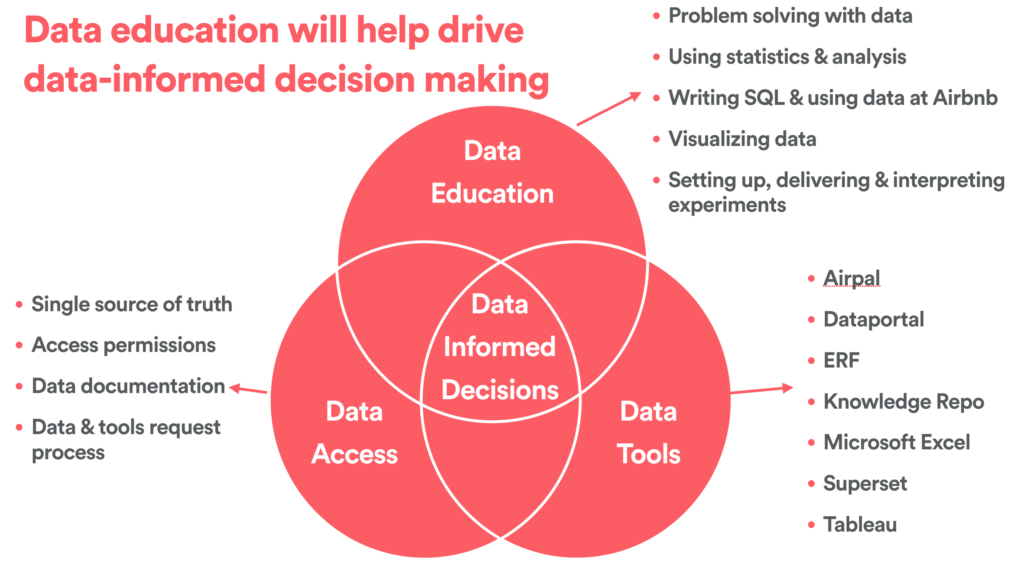Until recently, data has mostly been kept by IT departments and analysts who interpret the data for organizational use. Business units like the executives, marketing, production, advertising, and others have to go through the IT department to access these data.
But this is gradually changing thanks to the advancement in BI and customer analytics tools. Now, data is no longer restricted to just a few people. Anyone in the organization can access and interpret business data to expedite decision-making, influence customer service, or uncover opportunities.
This is what democratizing data is all about.
Why Should Data Be Democratized?
Data democratization is a game-changer for organizations looking to maintain a competitive edge. What used to be reserved for specific people within an organization is now easily accessible at all levels. So the average employee who isn’t tech-savvy can access and interpret data in a digital format, enabling them to identify potential areas of growth without reliance on the IT team.
Democratizing data leads to a data-driven and data-centric culture in the organization, whereby decisions are made based on facts instead of gut instincts. It eliminates the culture where only the opinion of the top management wins, paving the way for more transparent operations.
As more people of diverse expertise can access data, the probability to identify critical business insights is increased. But it’s not just that. When you empower people at all levels of an organization with data, you give them the responsibility to use the data in their decision-making.
Data democratization, if done right, has the potential to catapult companies to a new height of performance. The ability to instantly access vital data will translate into faster decision-making, resulting in more agile and responsive teams.

Barriers to Data Democratization
Most organizations are open to democratizing their data. However, there are a few barriers to it (although most of them have been significantly reduced).
- Data in Silos: Most company data are stored in silos, which makes it’s difficult to establish a single source of data that everyone can rely on in a democratized environment.
- Fear: There are always concerns about whether data should be made available to everyone, considering the risk that it can be misinterpreted, misread, or misused. There are also the risks of trusting sensitive business data to everybody.
- Lack of customer analytics tools: existing business tools aren’t designed for a democratized or self-service environment. But this seems to be solved with the emergence of advanced BI and customer analytics tools.
How Customer Analytics Tools Democratize Data
While the idea of organizational-wide data transformation may sound overwhelming, it’s not too difficult to achieve anymore. Data democratization is feasible and attractive now because of the availability of tech innovations that helps non-tech persons easily make sense of data. One of such tools is a customer data platform (CDP).

What’s a CDP?
The CDP Institute defines a Customer Data Platform (CDP) as “packaged software that creates a persistent, unified customer database that is accessible to other systems.”
What a CDP does, is centralize customer data from all sources and deliver the unified data to various individuals and teams across the organization. The customer data will enable employees at all levels to make quicker decisions, better engage the customers and identify opportunities.
A CDP fills the unification-activation gap in a company’s tech stack. It also solves the issue of siloed data, enabling segmentation and predictive capabilities across the organization.
As a bonus, a CDP eliminates external costs and reduces the redundant process to make your operations more efficient. It also complements your web analytics, business intelligence, and customer analytics journey tool.
How CDP Aids Data Democratization
The CDP technology is an enabler, not a gatekeeper. It generates insights from data and distributes it across the organization. CDP technology makes it possible to perform analysis from different systems, so multiple employees can access a pool of data and analyze it for their specific use on their own. There’s usually a master account that allows other users to access the platform.

Here are a few ways CDPs are used around the organization;
- Sales Analytics: Sales teams need to see performance metrics to know what’s working and optimize their strategies. With a CDP, every member of the sales team will be able to view real-time sales metrics. The tool turns the sale data into easily understood visualizations that can be accessed right from the dashboards.
- Marketing Analytics: Modern customers’ demands are changing at a dramatic rate. Generating awareness about your products alone doesn’t just cut it anymore. A customer data platform makes marketing data assessable to allow marketers to enhance the visibility of their funnels, save marketing dollars and enhance results. The technology combines marketing Data from various systems including social media to reveal what’s working and what’s not.
- CDPs also has several other business use cases like providing a 360-degree view of data from marketing automation systems, support systems, CRM, and product usage data.

